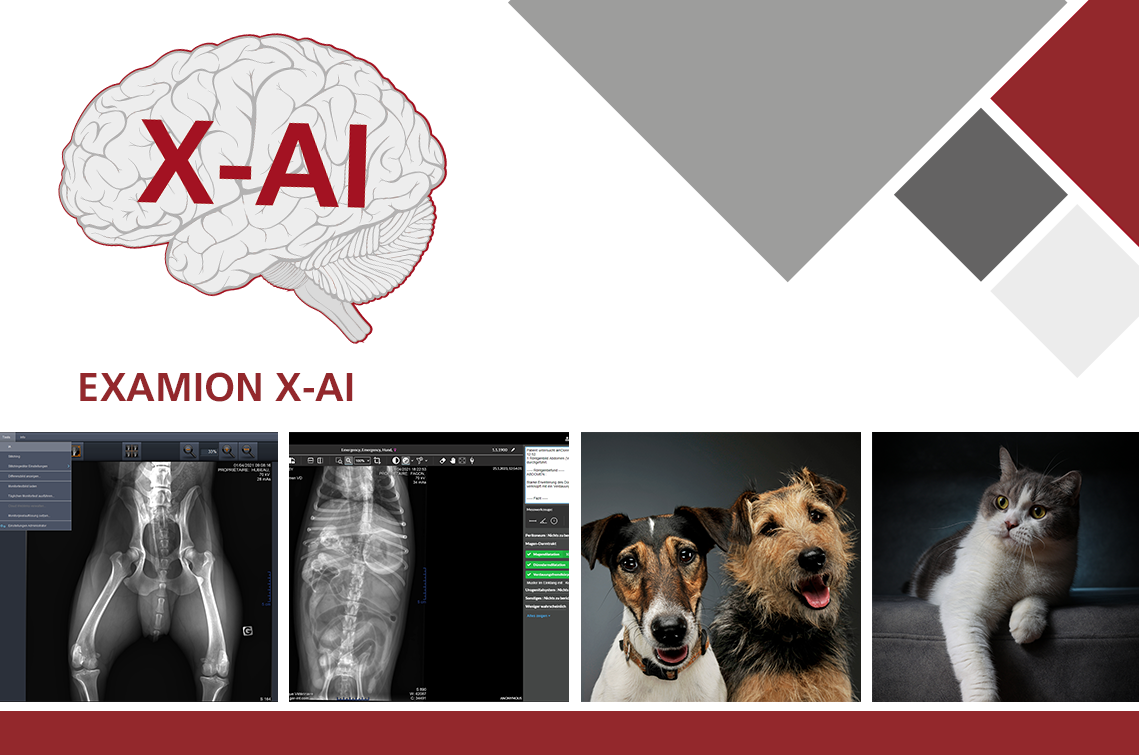Artificial intelligence in veterinary medicine
Digitalisation has been transforming healthcare for some time now and has also reached veterinary medicine. Relatively new, however, is artificial intelligence, or AI for short. Simply explained, it is the attempt to transfer mechanisms of human learning, thinking and planning to a computer. Instead of being programmed for every purpose, an AI can find answers and solve problems on its own. In veterinary medicine, such algorithms - nothing else constitutes AI - are used especially in diagnostic support.
Experience shows that appropriate systems can facilitate work, accelerate diagnostic processes and increase the veterinarians' ability to act. In addition, they can relieve veterinarians as well as specialist staff, make work easier and thus increase capacities - a considerable factor in times of progressive doctor and staff shortages. However, one challenge lies in opening up to the new technologies and integrating them meaningfully into daily routines.
Growing automation is making its way into many parts of daily life - and bringing a variety of benefits and simplifications for users. These changes are also increasingly evident in medicine. It is therefore only logical that AI is also being used more and more in veterinary practices. The advantages are obvious: artificial intelligence is fast and efficient, it always works at a consistently good level and delivers results within a few minutes. It can support the veterinarian in evaluating medical histories and comparing them with current findings, interpreting imaging examinations and evaluating the results of various examinations. Such automation of clinical evaluations saves veterinarians valuable working time and frees them up for more intensive work with patients or particularly complicated cases. Last but not least, it enables targeted therapies to be initiated very quickly, for example.
EXAMION recognised this trend some time ago and integrated the diagnostic software PicoxIA into its X-AI application module that was developed specifically for veterinary medicine and evaluated in scientific studies. The software is explicitly designed to support veterinarians and provides a second opinion at any time of the day or night at the click of a mouse - and after ten to 20 seconds. X-AI is seamlessly integrated into the EXAMION X-AQS software and automatically generates a detailed diagnostic report for each analysis. Users can then process the report, share it with colleagues or make it available to the animal owner.
Animal patients, their owners and veterinary practices all benefit equally from the use of artificial intelligence in veterinary medicine. Especially in complex cases, the (digital) second opinion ensures medical safety and helps to achieve maximum treatment success. In this way, the necessary care for the animals can be arranged more quickly and costs due to unnecessary follow-up treatments can be avoided.
